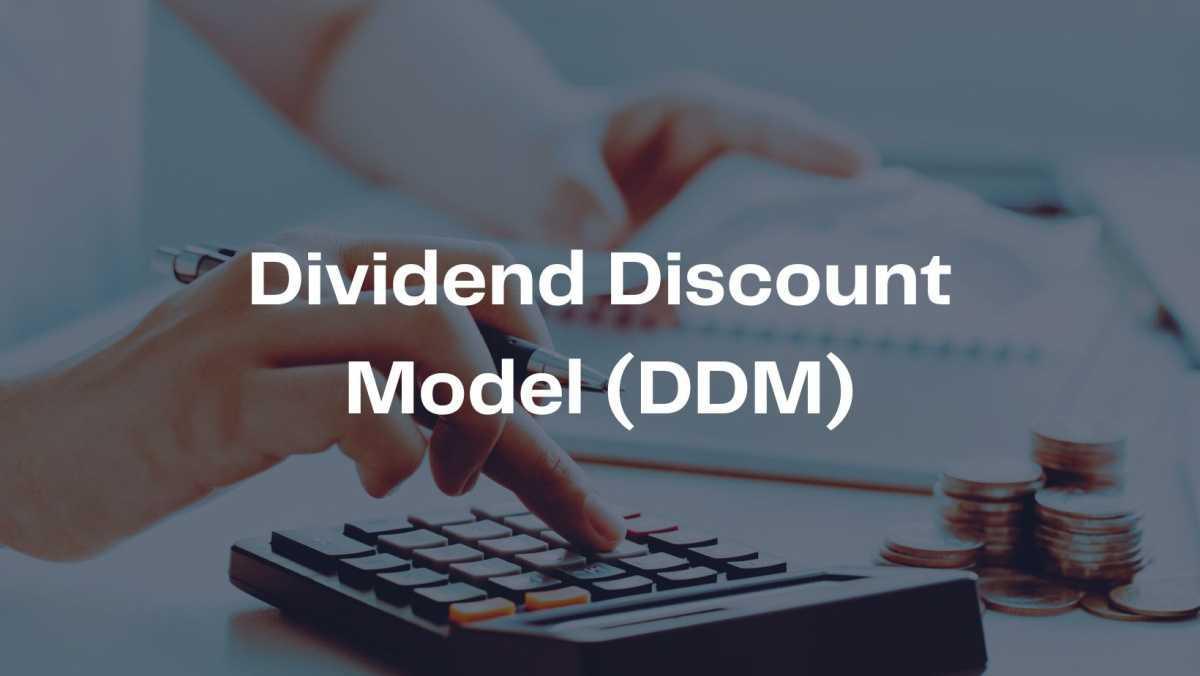The Dividend Discount Model (DDM) is a valuation method used to estimate the intrinsic value of a company’s stock by discounting its expected future dividends to present value. It is particularly useful for valuing dividend-paying companies with stable dividend policies.
Procedures to Conduct Dividend Discount Model (DDM)
Step 1: Identify the Type of DDM to Use
There are different variations of the DDM, depending on the expected dividend growth pattern:
-
Constant Growth DDM (Gordon Growth Model)
- Assumes dividends grow at a constant rate indefinitely.
- Suitable for mature, stable companies with predictable growth.
-
Multi-Stage DDM
- Assumes different dividend growth rates in different periods.
- Suitable for companies experiencing high initial growth that later stabilizes.
Step 2: Gather Input Variables
Key variables required for the model:
-
Current Dividend Per Share (D0D_0)
- The most recent dividend paid.
-
Expected Dividend Growth Rate (gg)
- Based on historical dividend growth or company projections.
-
Required Rate of Return (rr)
- Often estimated using the Capital Asset Pricing Model (CAPM):
- Where:
- Rf = Risk-free rate (e.g., government bond yield)
- β = Stock’s beta (volatility measure)
- Rm = Expected market return
Step 3: Calculate Intrinsic Value Using the Selected DDM Formula
A. Constant Growth DDM (Gordon Growth Model)
Where:
- P0 = Intrinsic value of stock
- D1 = Next year's expected dividend (D1=D0×(1+g))
- r = Required rate of return
- g = Dividend growth rate
B. Multi-Stage DDM (Variable Growth)
Used when dividends grow at different rates over time.
- Step 1: Project dividends for the high-growth phase.
- Step 2: Calculate terminal value at the end of high-growth phase.
- Step 3: Discount all future dividends and the terminal value to present.
🔹 Final intrinsic value = Sum of discounted values.
Step 4: Perform Sensitivity Analysis
- Vary the growth rate (g): Test how changes in dividend growth impact valuation.
- Adjust the required return (r): Analyze the effect of different risk levels.
Step 5: Validate and Interpret Results
- Compare with other valuation methods (DCF, Market Multiples).
- Check if assumptions align with company and industry trends.
- Consider non-dividend-paying factors (e.g., buybacks, reinvestments).
Key Advantages of DDM
✔ Simple and widely used for stable, dividend-paying companies.
✔ Reflects intrinsic value based on cash flows to investors.
✔ Can be adjusted for different growth scenarios.


